The cost of insulin is a real problem. According to an analysis of data from the CDC’s 2021 National Health Interview Survey, 1.3 million Americans with diabetes, or 16.5% of insulin users in the U.S. rationed their insulin in the past year due to the high costs of this life-saving hormone.
Insulin rationing is more common in adults under the age of 65, middle-income individuals, and Black Americans. This lack of insulin results in chronic hyperglycemia, intensifying the risk of diabetes-related complications, worsening quality of life, and can even lead to hospitalization and death.
In the 2021 National Health Survey, 16.5% of respondents living in the US, rationed insulin in the past year.
The retail price for a box of insulin pens (1,500 units) is about $500. A vial of insulin (1000 units) varies from $160 to $400. For this reason, many insulin companies offer coupons or biosimilar versions of certain insulins. However, these cost savings aren’t enough for many individuals.
Hopefully, the 2022 Inflation Reduction Act, will at least improve insulin access for seniors with Medicare by limiting insulin copays to $35 per month. However, a similar cap for the privately insured was removed from the bill, and copay caps do not aid the uninsured. Further reform is needed to improve access to insulin for all Americans.
Why is insulin so expensive?
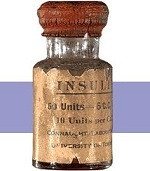
According to a very compelling article published by USC, the insulin distribution intermediaries, or Pharmacy Benefits Managers (PBMs), are significantly contributing to increasing insulin costs.
A USC cross-sectional study of the U.S. insulin market was conducted in 2020 using 2014-2018 data from multiple sources. The study analyzed the flow of funds throughout the insulin distribution system which includes manufacturers, drug wholesalers, pharmacies, health plans, and (PBMs).
According to the USC study, in 2014, 70% percent of insulin revenue was going to the manufacturers and 30% of the insulin revenue went to the PBM middlemen, but by 2018, only 47% was going to the manufacturers. The intermediaries—mostly PBM’s and pharmacies–were pocketing the rest, a whopping 53% share of the revenue from insulin sales.
In light of this complicated insulin distribution system, more needs to be done to uncover these issues and get to the root of unaffordable insulin for the millions of people who rely on it every day.
Here are different strategies to access affordable insulin.
Until we get a handle on the cost of insulin, here is some helpful information and programs that can make insulin more affordable.
Insulin Affordability Guide from ADCES
Insulin Affordability Guide helps make navigation easier ADCES Access & Affordability page with Insulin Cost-Savings Resource Guide. Insulin Cost Savings Guide
ReliOn Insulins $25 a Vial
Walmart and some other pharmacies also offer ReliOn insulins. These include Novolin R, Novolin N, and Novolin 70/30. For people with type 2 diabetes and some with type 1, these insulins offer an affordable option. They are only $25/vial or $44/5 pack of pens and do not require a prescription in most states. Access to these insulins can be truly life-saving in some circumstances. Every person with diabetes needs to be aware that they can purchase these insulins without a prescription if they are ever out of insulin.
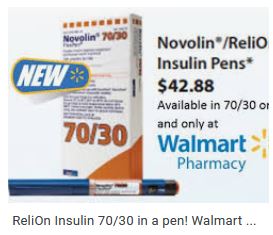
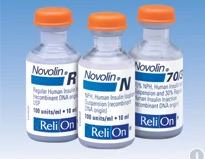
Other Options
Generic Insulins
Because insulin is a biologic drug, a true generic must come from the same manufacturer. Recently Lilly and Novo Nordisk have created generic insulins.
Lilly offers generics of insulin lispro, insulin lispro mix 75/25, and insulin lispro junior kwik pen.
Novo Nordisk offers generics of their insulin, which they are calling a “follow on Brand” and includes insulin apart and insulin Aspart mix 70/30.
Both Lilly and Novo offer approximately 50% cost savings from the original insulin product and the pharmacist can make an automatic substitution if you ask.
Co-Pay Cards
Most insulins offer a co-pay card which can bring down the price of insulin most commonly to $0 to $25/month depending on the manufacturer and type of insulin. For any person with a commercial insurance plan, it’s good to check if a co-pay card is available for the insulin before picking it up from the pharmacy.
The things to be aware of about these cards are that they have maximum savings and sometimes that is much less than the total cost of the insulin. Also, they only work for people with commercial insurance meaning they won’t for people without health insurance or that have a government insurance plan like Medicare. They also do not always work if the drug is not covered by the insurance plan. In that case, it would be preferable to switch to insurance covered by the insurance plan.
Assistance Plans
These are programs offered through pharmaceutical companies for people without health insurance or that have Medicare but still struggle to pay for medications. There are various income requirements to be eligible, but depending on the program it can be 250-400% above the Federal poverty line. Many people are surprised to find that they are eligible, so this is a good option to look into which can make insulin completely free. There is typically a packet of information that needs to be completed and then if eligible, the insulin is shipped to the prescriber’s office for the patient to pick up.
In summary, more needs to be done to make insulin more affordable. As diabetes specialists, we can write to our congresspeople and advocate on behalf of people living with diabetes, to ensure that people no longer have to ration insulin.
References
- ADA Standards of Care – Standard 9, the chart on Average Wholesale Price of Insulin
- Annals of Internal Medicine – Prevalence and Correlates of Patient Rationing of Insulin in the United States: A National Survey, Adam Gaffney, MD, MPH, David U. Himmelstein, MD, Steffie Woolhandler, MD, MPH
- CNN Report on Insulin Rationing
Insulin prices are skyrocketing, but just who is driving the rise in costs? Hint: it’s not the drug manufacturers – USC - For a summary of all this information, see the ADCES Insulin Cost Savings Resources Page.
The use of DES products does not guarantee the successful passage of the CDCES exam. CBDCE does not endorse any preparatory or review materials for the CDCES exam, except for those published by CBDCE.




